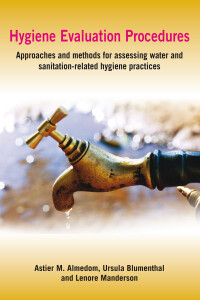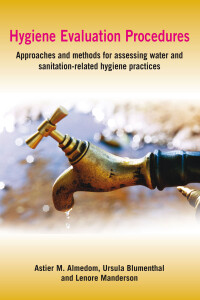Disasters and Emergencies
-
Delivering Early Warning Systems to the Poorest
Floods are the most common cause of weather-related disasters globally, causing billions of dollars’ worth of damage and the loss of hundreds of thousands of lives. Flood early warning systems can significantly reduce the devastating impacts of floods on lives and livelihoods for the poorest and mos...
-
From Risk to Resilience
In 2011 Practical Action published From Vulnerability to Resilience: A Framework for Analysis and Action to Build Community Resilience. This was one of the first attempts by a development NGO to operationalize resilience and it provided project workers with a framework to apply the resilience concep...
-
Adaptive Management for Resilient Communities
Short-term projects and linear management approaches are often unsuitable for achieving resilient development in the face of volatile complexity. Adaptive management combined with longer-term project funding has the potential to deliver more appropriate development outcomes. This will require develo...
-
Hygiene Evaluation Procedures
Astier M. Almedom, Ursula Blumenthal, Lenore Manderson
This handbook provides practical guidelines for evaluating water and sanitation related hygiene practices for the purposes of project planning, monitoring or impact assessment. The main focus, therefore, is on the practical concerns of field personnel working in water supply, sanitation, and health...
-
Hygiene Evaluation Procedures
Astier M. Almedom, Ursula Blumenthal, Lenore Manderson
This handbook provides practical guidelines for evaluating water and sanitation related hygiene practices for the purposes of project planning, monitoring or impact assessment. The main focus, therefore, is on the practical concerns of field personnel working in water supply, sanitation, and health...
-
Humanitarian Needs Assessment
What assistance do disaster-affected communities need? This book guides humanitarian field staff in answering this vital question during the early days and weeks following a disaster, when timely and competent assessment is crucial for enabling informed decision making. Needs assessment is essential...
-
Still Standing?
Theo Schilderman, Eleanor Parker
Huge levels of aid are spent on reconstructing housing after disasters. Have these houses withstood the test of time and hazard? Just as important from the point of view of their owners, has the reconstruction process played a part in restoring their livelihoods and social networks? Unfortunately, a...
-
Disaster Risk Management and Reconstruction in Latin America
Bárbara Montoro, Pedro Ferradas
Earthquakes cause devastation, and it is those who are already vulnerable who suffer most from from the repeated destruction of their homes. How can we enable those in disaster-prone areas to both plan for, and recover, in the wake of disasters? This practical manual offers an up-to-date resource co...
-
Una contribución al cambio
Roger Few, Daniel McAvoy, Marcela Tarazona, Vivien Margaret Walden
El número de personas afectadas por desastres va en aumento, y con él las expectativas que los donantes, el público general y las poblaciones afectadas tienen puestas en las organizaciones humanitarias. Las organizaciones deben ahora presentar pruebas del impacto de sus intervenciones, pero la aplic...
-
Contribution au changement
Roger Few, Daniel McAvoy, Marcela Tarazona, Vivien Margaret Walden
Alors que le nombre de personnes touchées par des catastrophes augmente, il en va de même pour les attentes placées dans les organisations humanitaires par les bailleurs de fonds, le public et les populations touchées. Les organisations doivent à présent fournir des preuves de l’impact de leurs inte...










